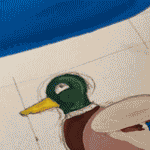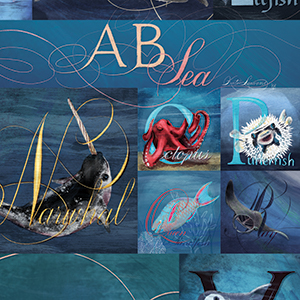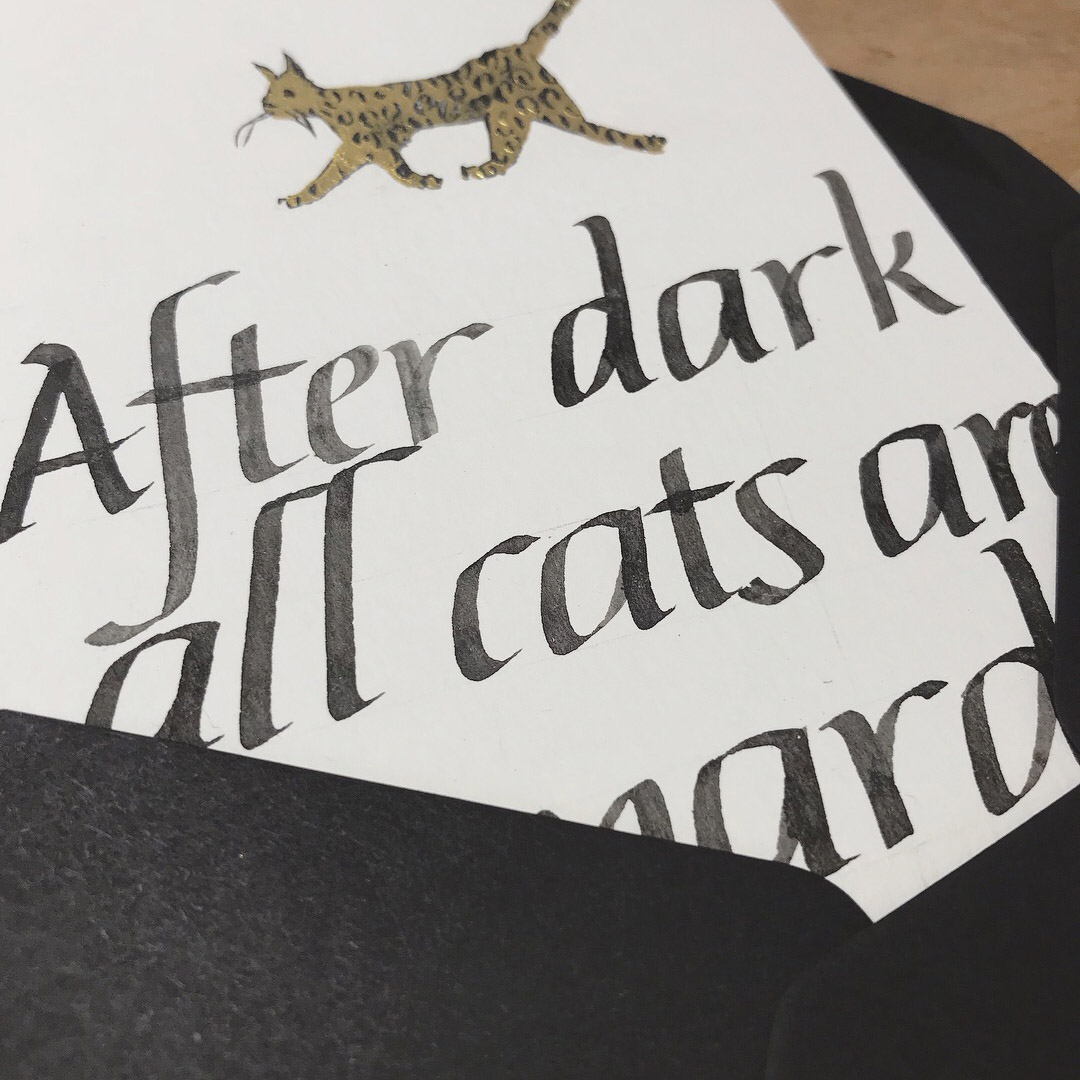Commissioning Artwork
what to expect
Commissioning an artist can be a great to decorate your space, a meaningful gift, or a treasured family keepsake—all while supporting an artist, not just a big company. But it can be terrifying. Not only do you have to share an idea you have with someone you see as creative and talented, but you have no idea how it’s going to look before it’s done. And money talk makes you uncomfortable. These fears are common. But these fears can be alleviated with information. My goal in this article is to give you an idea of the process in commissioning art, so you can feel informed and brave enough to reach out to that artist you’ve been meaning to talk to.

Find an artist you want to work with
Etsy is a great place to start. It’s already set up with commissions in mind. You just search for what you want (inspirational quote, portrait, pet illustration, etc), and many of the shops that come up offer customization.
Social media is another wonderful resource. Like most of us, artists like to hang out on Instagram, Pinterest, and Twitter. Searching for hashtags will be the easiest here. Things like #CincinnatiCalligraphy, #FeministArt, and #POCArtist can help narrow down artists you might want to work with. Of course, unless their profile specifically says they are accepting commissions, there is no way to tell except by asking. Just remember they worst they can say is no, but more than likely even if they aren’t in the commission game, they may suggest someone else they know.
Artist portfolio sites like Behance or Ello can be a great way to weed through all the look-a-like artists out there. They can be a little harder to search if you don’t know exactly what you are looking for. But searching for styles and mediums (minimalist, sumi ink, portrait) can still be a great way find some great artists.
Be prepared
The better formed your idea of what you want is, the more accurate the artist can be with an estimate. Things to think about before you reach out:
- Who is the work for? How would you describe the recipient in a sentence or two? Things to include might be:
- Interests
- Favorite colors (or colors in their home/office)
- General demeanor
- Home style
- What piece/pieces that the artist has done in the past do you particularly like? Is there anything in those or other pieces that you don’t like?
- How are you planning on using the art? In the United States, by law, the artist retains the copyright unless the contract explicitly states it. You only own the physical copy. So if you plan on using the piece in any way other than hanging it on your wall, let the artist know.
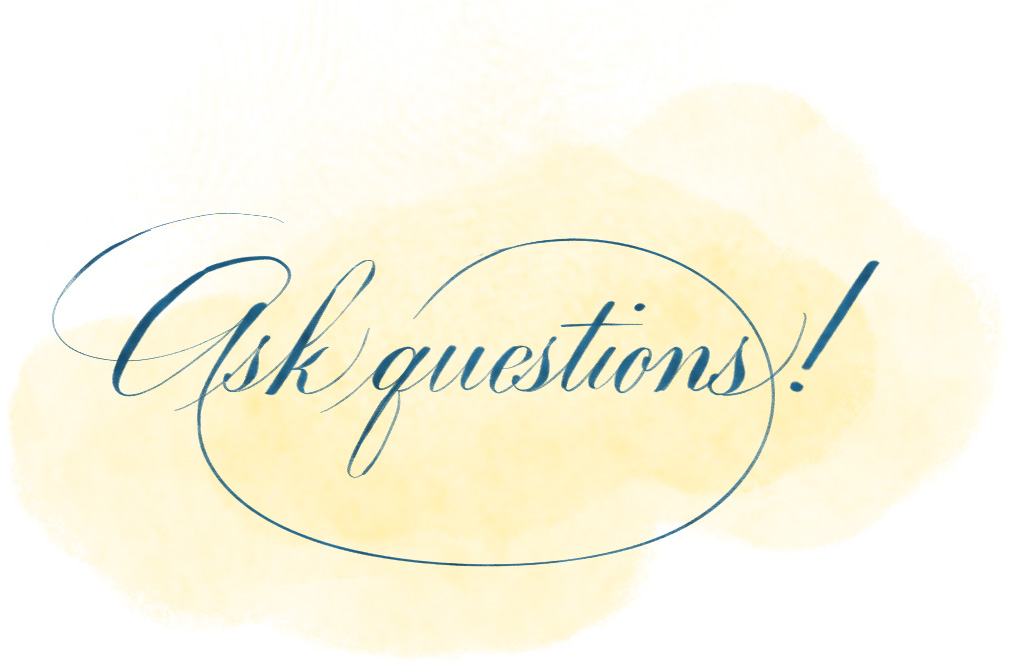
- Specifics of the piece itself:
- Where are you planning on hanging it?
- What size would you like?
- Is there a medium you have in mind? Ink, watercolor, oil paints, etc.
- Is there deadline?
- Do you want to take care of framing, or do you want the artist to do that for you?
There are several types of commissioned work: the customization of something they have done in the past, and a completely custom piece. In a customization, you would love a piece similar to work the artist has already produced. And with just a change (color, size, personalization, etc) it will be perfect!
Sometimes though you are looking for something more specific, but no one makes exactly what you are looking for. You found an artist whose style you love, and you trust to help you make your vision into a completely custom piece.
Important note: Never ask someone to copy someone else work! You are putting the artist at risk of being sued.
Remember this is a two way street, you are entering into a collaboration with this person. It’s okay for you to ask questions too. It won’t make you sound unprepared, or novice. Mosts artists would prefer you ask so they know that your concerns are alleviated. Things you might want to ask:
- How often will there be updates, so you know what to expect.
- Will there be sketches, painting updates, and pictures of the final for you to approve?
Money talk
Making a painting is a lot of work. It includes sketching, preliminary paintings, as well as the time spent communicating with you, and writing contracts. Paintings can seem expensive, but remember you are not just paying for the supplies (which also tend to be pricey). You are paying for the artists skill and expertise. The artist is a freelancer and needs to pay rent, healthcare, and taxes.
Commissioned work is often only appealing to one, so prints can’t be made from them. Don’t be surprised if it’s more expensive than what the artist charges for their other work.
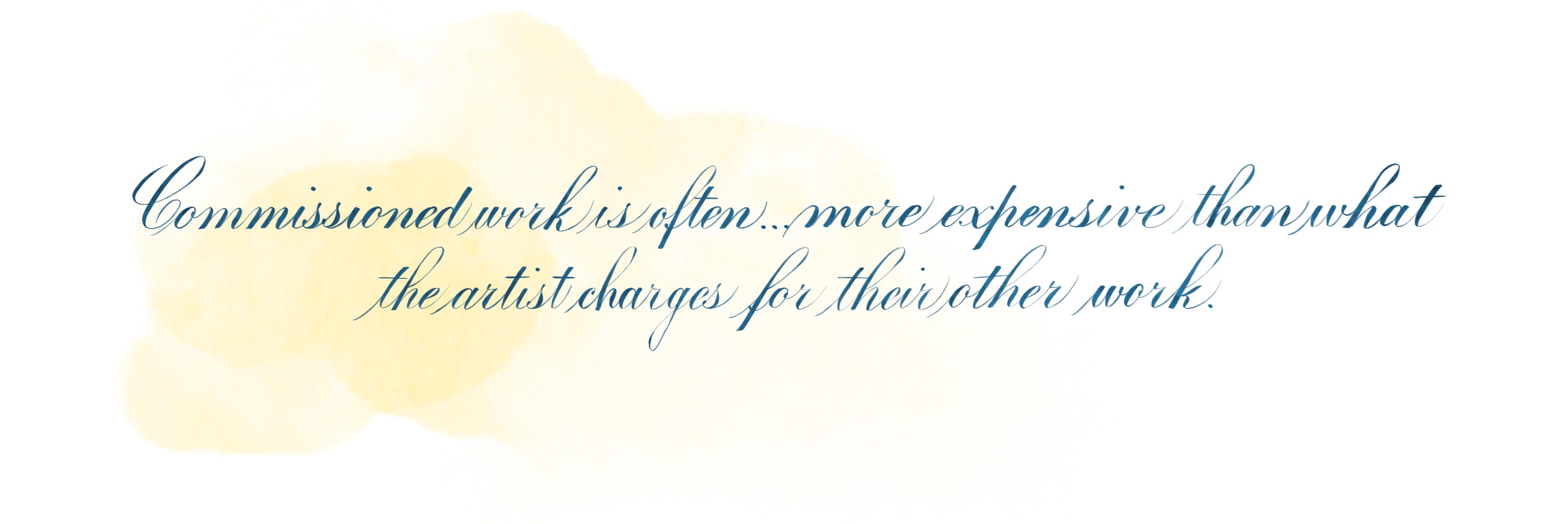
If the artist is out of your budget, or not accepting commissions right now, there are other options. If they are only a bit out of your budget and you are flexible, don’t be afraid to ask for other suggestion on how to work within budget. They may be willing to make you a similar piece in a smaller size, or another medium. If their work is way out of your budget but you just have to have some of their work on you walls, the artist may be willing to make you a print of a piece they have already done in the size that you need. However, a compromise is not always possible. But the artist may be able to point you in the direction of another artist that will be able to take on your commission.
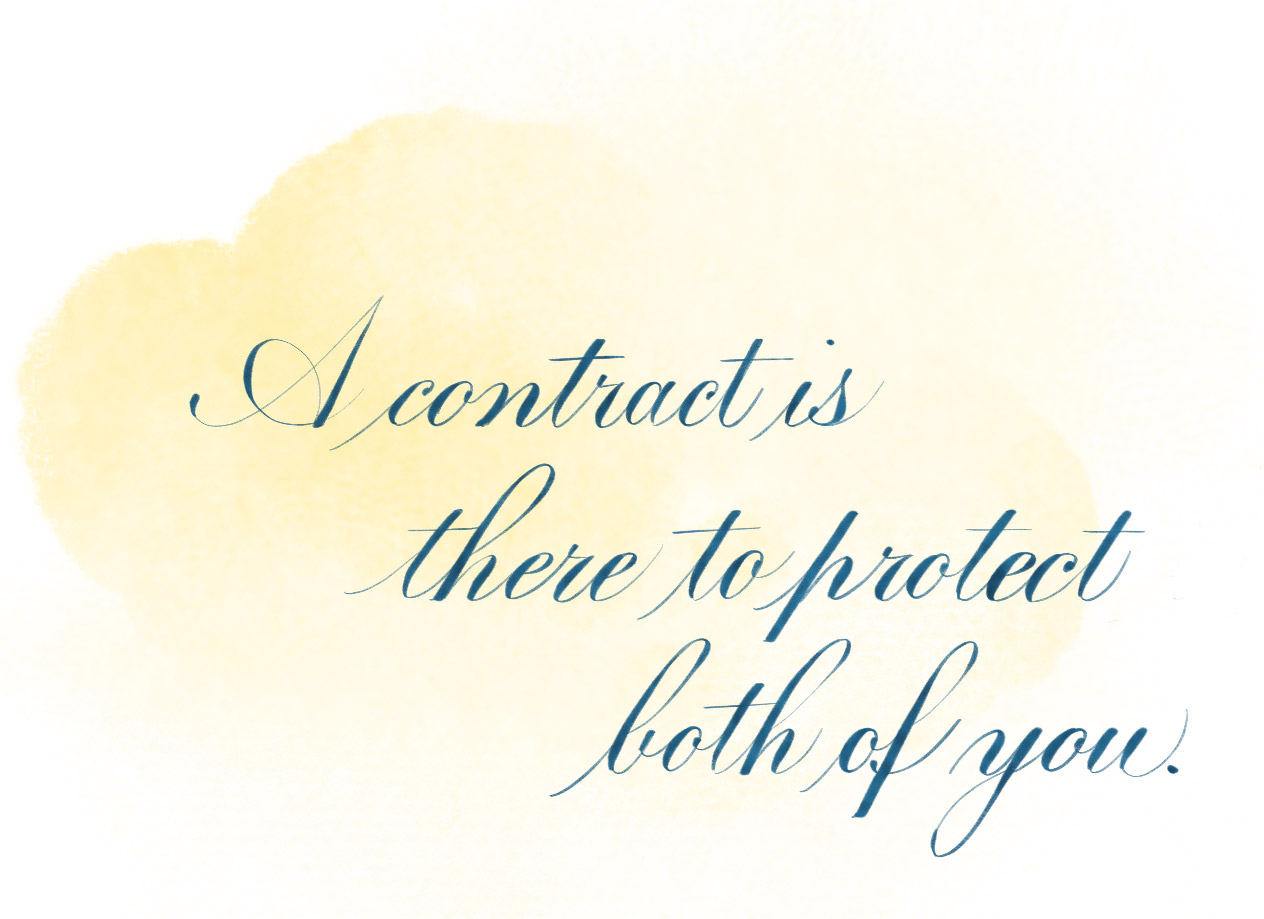
Expect a contract
Don’t be insulted if you are asked to sign a contract. Contracts aren’t because the artist doesn’t trust you. It’s there to protect both of you. A good contract should layout when payments are due, when to expect updates, and when the final piece should be ready for you.
Updates along the way
Yes, there should be updates (especially in a fully custom piece). The amount and timing will depend on the size and timeline of the piece. You will almost always see sketches. This is this is when you should raise any concerns you have about layout or color palette. On larger pieces you should get at least 1 milestone update (probably more if it’s going to take more than a month to make your piece). During these it’s important to raise any issues you are seeing arise. It may just be that the piece isn’t finished yet, but it’s also possible that some miscommunication has happened along the way. So bring it up and make sure you both are on the same page while the artwork can still be changed.
Finally, the artist should send you images of the final piece for approval before they send it to you. Unless there has been a huge mistake (like a spelling error), you won’t be able to make any large changes at this point without extra fees. But if it’s something slight the artist may be able to do something about it without starting over.
Go forth and make art
Commissioning a personal and one-of-a-kind piece of art is exciting! I hope the information above can help alleviate some of your fears of finding someone to illustrate your dog, or make a piece inspired by your favorite song. The most important thing is to remember that if you don’t know what to expect, ask questions! And if the artist doesn’t seem to be answering them in a way that alleviates your fear, it’s okay to let them know you’ve decided to go in another direction (hopefully before a contract is signed), and go find another artist you feel more comfortable with.
 Katie Leavens
Katie Leavens
